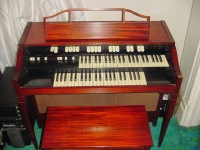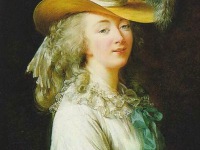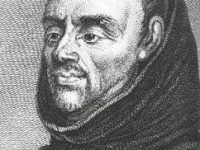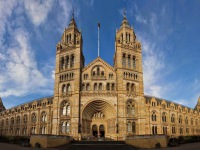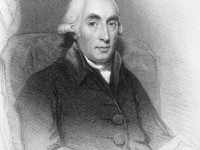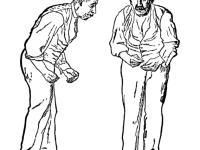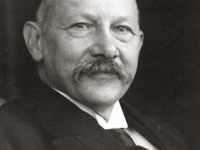Laurens Hammond and the Hammond Organ
On April 24, 1934, American engineer and inventor Laurens Hammond filed US Patent 1,956,350 for an “electrical musical instrument“, his famous eponymous electric organ with the unique ‘Hammond sound’. The Hammond Clock Company Laurens was born in Illinois, USA, but moved to France after his father took his life. In Europe, Hammond began to design some of his earliest inventions. By the age of 14, the boy had already designed systems for automatic…
Read more

